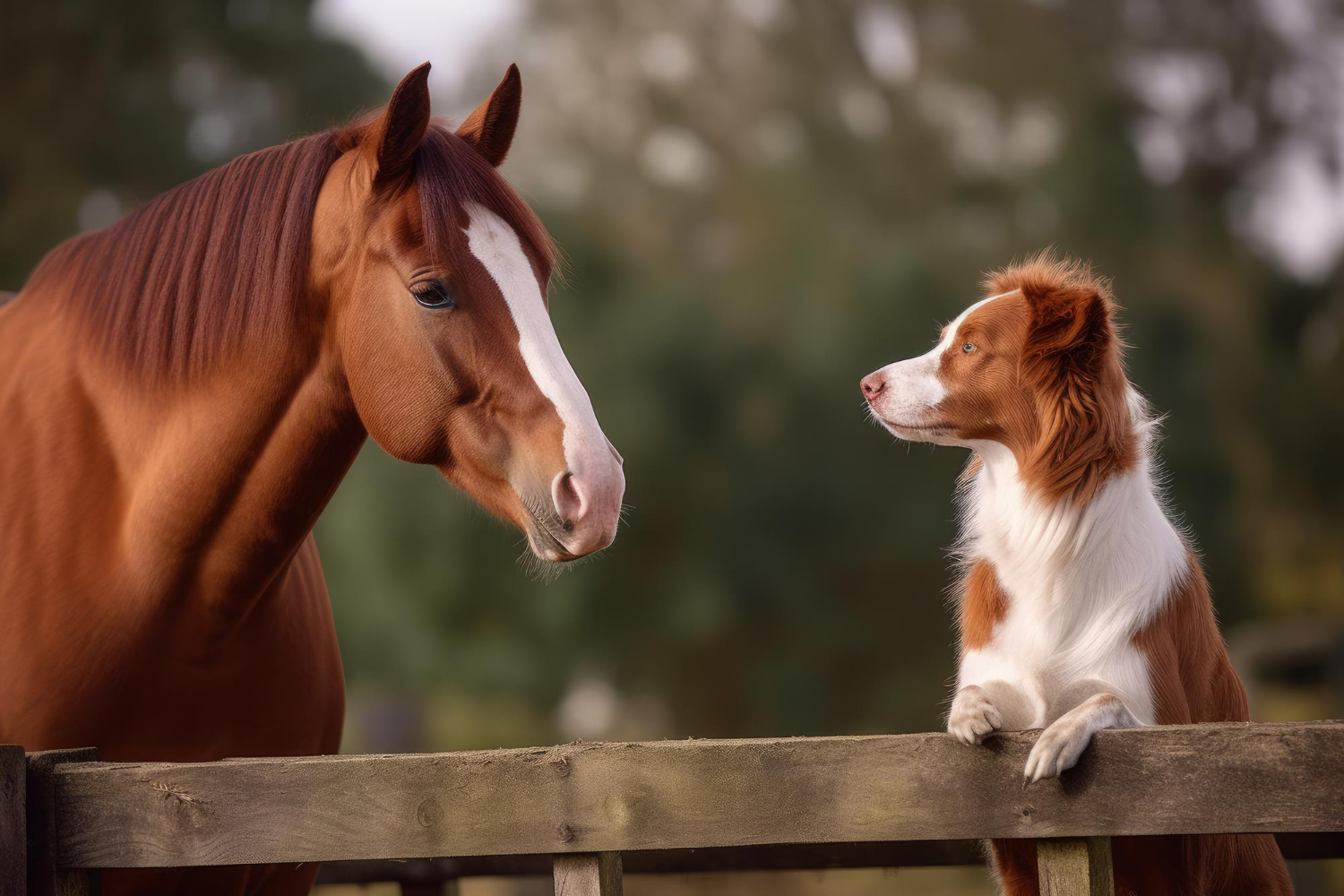Another very old alternative therapy method for animals is herbal therapy, that is, the use of natural products and substances, such as herbs. As is well known, several herbs have constituted (and constitute) the original source of many pharmaceutical substances, before the pharmaceutical industry proceeded to mass and affordable production of synthetic drugs.
Herbal extracts have been shown to have, under certain conditions, beneficial properties: anti-inflammatory, antipyretic, and soothing. In combination, under the guidance of a specialist in herbal therapy, the body can benefit from the synergy of the substances contained in the herbs it will consume. However, the consumption of herbs in pets requires caution and knowledge, as depending on the species of the animal, there are plants that it cannot consume, while the effect of a herb in one species may be different in another.
There are many natural supplements on the market, and in various forms, such as ointments, oils, dried leaves, etc. for various uses. Some preparations might be applied topically e.g. to treat skin issues, while others can be ingested. These preparations are designed to be safe for pets when used properly and under the guidance of a trained professional.

